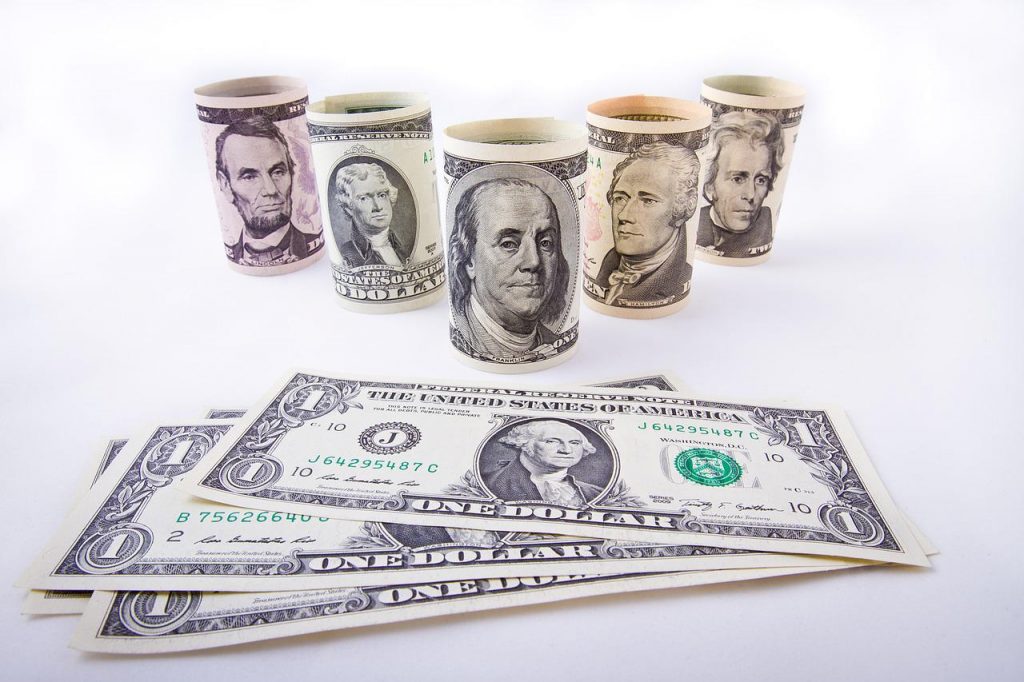FDIC Was Made To Bail Out Banks Nationwide, Here’s How The System Works
The FDIC, or the Federal Deposit Insurance Corporation, is an insurance agency created as a result of the Great Depression, and banks pay insurance premiums to cover customer accounts should the bank go into a state of collapse.
This article is more than 2 years old

As you are walking through your neighborhood, a gentleman calls your attention to look to the sky and he says, “it’s a bird, it’s a plane, it’s Superman, wait no it’s the FDIC.” We have all seen the gold stickers at our local bank branch as they are neatly positioned at every teller window and have the letters F.D.I.C emblazoned on them. What we do know is that sticker gives us a sense of security about depositing all our liquid asset at a bank as opposed to carrying all of them in cash and having to provide our own security for our money.
Where did this Federal Agency come from, and how is it that when the money disappears for whatever reason, they drive up with truckloads of money and can pay every banking customer their balance in full up to $250,000? The Federal Deposit Insurance Corporation was a direct byproduct of the Great Depression and came into existence roughly 90 years ago. The main trigger that compounded the nation’s problems during the first stages of the depression was the panic that ensnarled American citizens, and it caused them to simultaneously show up at their banks wanting to withdraw all their funds from the bank.
Banks were not required to carry every dollar of their customer’s accounts on hand at their location, so many customers were denied their funds. This started a cascade of bank failures, and according to NPR, “When it was created in 1933, some 4,000 banks had closed in the first few months alone.” Rightfully so, this horrific reality caused Americans to lose complete confidence in the banking system, and they were not about to be fooled twice and put more money in an account that could be lost for a second time at no fault of their own.
In President Franklin D. Roosevelt’s first fireside chat to help Americans cope with the aftereffects of the Great Depression, he stated, “I can assure you, my friends, that it is safer to keep your money in a reopened bank than it is to keep it under the mattress,” Those words sound fantastic, but Americans were going to need some additional assurances that this would never happen again and that is when Congress voted to approve the creation of the FDIC, and it was signed into law by President Roosevelt with the Banking Act of 1933. The Federal government doesn’t subsidize the program, it is paid for by the banks themselves by way of monthly insurance premiums.
Even though President Roosevelt personally didn’t agree with the idea that the banks that are operated poorly by their owners would benefit the most from the program, he knew the American citizens had zero confidence in the banking system. He was also aware that the banks directly impact the health of our economy, and it was necessary to get them up and running again with these protections in place. The way the FDIC operates is that roughly twelve cents of every dollar deposited makes up the amount of the bank’s premium that is due monthly.
This allows the FDIC to collect these funds, and when a situation does arise where they need to dole out those funds, they can do it swiftly. When the FDIC first began would insure a banking customer up to $2,500, but by July of that same year, it doubled it to $5,000 dollars. They have steadily increased it as needed over the years, with the last increase coming in 2008 which was up to $250,000 per customer.
When you feel that sense of comfort leaving your hard-earned pay in the bank to either grow or just to be held until your bills are due, know that comfort was born out of the suffering of the Great Depression. Our banking industry is based mainly on floating money on IOUs and promissory notes between the Federal Reserve’s Central Bank and the Banking Corporations. If all of showed up today at our banks asking for our deposits back we would see the reality that our money is an illusion and the physical currency has long departed that location but thanks to the FDIC we know ultimately it would be returned to us.



